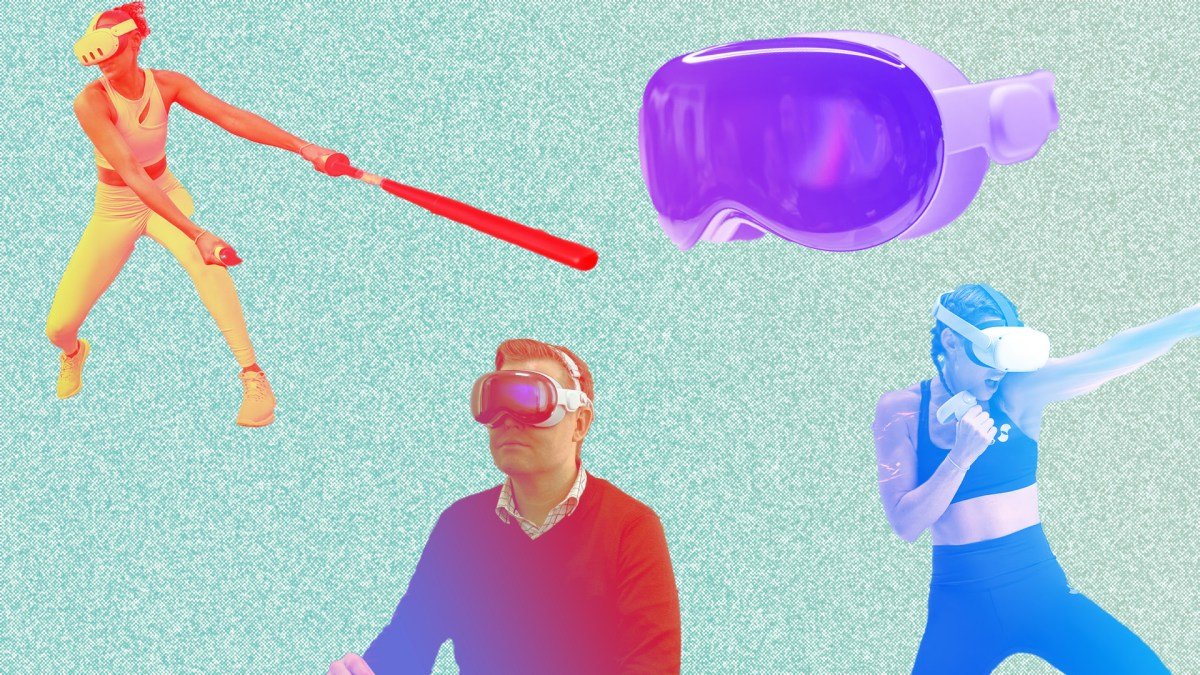Apple’s vision for their Pro launch of their latest product, the Vision Pro, bears a striking resemblance to the debut of their infamous Apple Watch. But to me, the most striking similarity lies not in the product itself, but rather in the approach to marketing. Apple has made a deliberate effort to differentiate the Vision Pro from competing virtual and mixed reality devices – of which many have been deemed failures – by heavily promoting its “spatial computing” capabilities. However, despite this specific focus, the marketing still hones in on key use cases that are believed to attract consumer interest.
This is a familiar tactic for Apple, as they pursued a similar strategy with the Apple Watch – a device that was essentially a solution searching for a problem upon its initial release. The company placed heavy emphasis on features that have now been completely phased out, such as the Digital Touch feature, which was meant to revolutionize communication with friends and loved ones across distances. Initially, it was marketed as a robust and fully-featured platform, with potential to rival that of the iPhone in the future.
Over the years and generations of the Apple Watch, there have been significant advancements in terms of technical capabilities and specifications. However, Apple’s marketing and focus surrounding the product have become more streamlined, with increased emphasis on areas that have resonated most with users – such as health and wellness, and now, safety.
It is expected for new product launches to be based on a hypothesis that may or may not be entirely accurate. However, the iPhone debuted with a much clearer and more accurate understanding of its purpose and appeal to users. The Vision Pro, on the other hand, seems more detached from how it will be perceived and appreciated by consumers. With the right positioning and product mix, it certainly has potential to become a mainstay in Apple’s lineup. However, continuing to strive for a full-fledged platform that stands on equal footing with the likes of the iPhone, Mac, or iPad may be a lofty goal.
Meta, on the other hand, has done a better job in honing in on a focus for their virtual reality products and how to sell them to the masses.
The company took a softer approach with their recent launch of the Meta Quest 3, promoting the cool factor of mixed reality instead of aggressively pushing a “metaverse is the future” narrative as they did with the Quest 2. Meta CEO Mark Zuckerberg seems to be shifting his focus from the metaverse to artificial intelligence as the next groundbreaking technology, which may have played a role in this positioning switch.
Meta is following in Apple’s footsteps, as they have also learned that certain devices excel in specific areas and may not necessarily be suited for others. Interestingly enough, Apple has also embraced this lesson – even in terms of the specific strengths and weaknesses of their products – with the iPad.
The iPad has become a go-to device for consuming content on the couch. While Apple still highlights its creative potential, this is mostly true for the Pro models, and for most users, it is likely a secondary or bonus use case. Similarly, the Vision Pro has already received rave reviews as an exceptional virtual cinema for watching movies and videos, while simple tasks like text input have received criticism.
In comparison, the Meta Quest 3 is great for interactive workouts, particularly when paired with apps like Supernatural – which Meta wisely acquired. But it falls short when it comes to tasks like text entry and productivity, with any improvements in this area merely reducing frustration rather than making it an enjoyable experience.
There has been a widespread push for VR to become a mainstream, all-purpose computing platform. However, this is largely based on an imagined future influenced by science fiction, disregarding crucial details such as the discomfort of wearing something heavy on your nose and the cumbersome nature of typing on a floating, tactile-less keyboard.
While VR may excel at certain tasks and provide an immersive experience, it falls short in many other aspects – particularly as the “next big thing” in personal or mobile computing.








